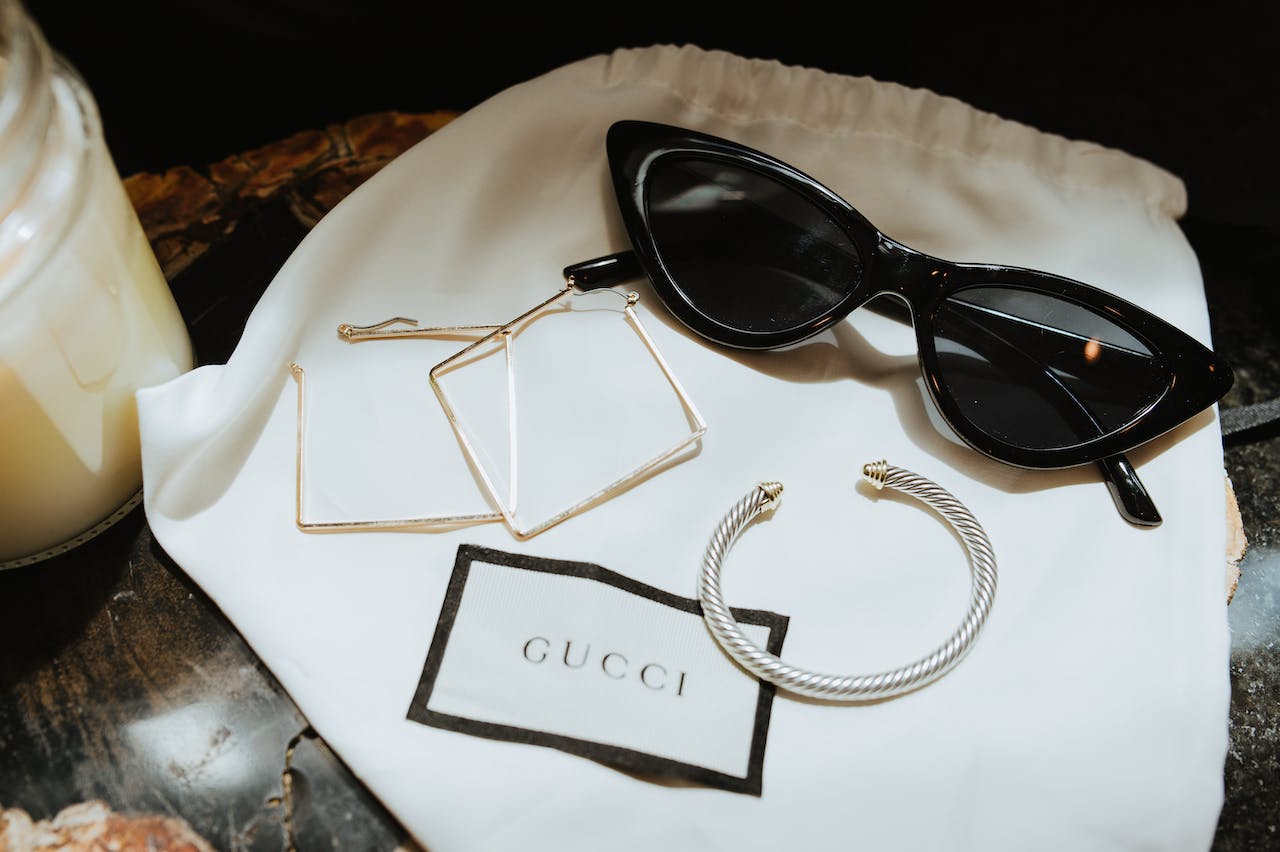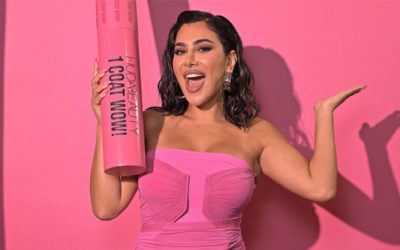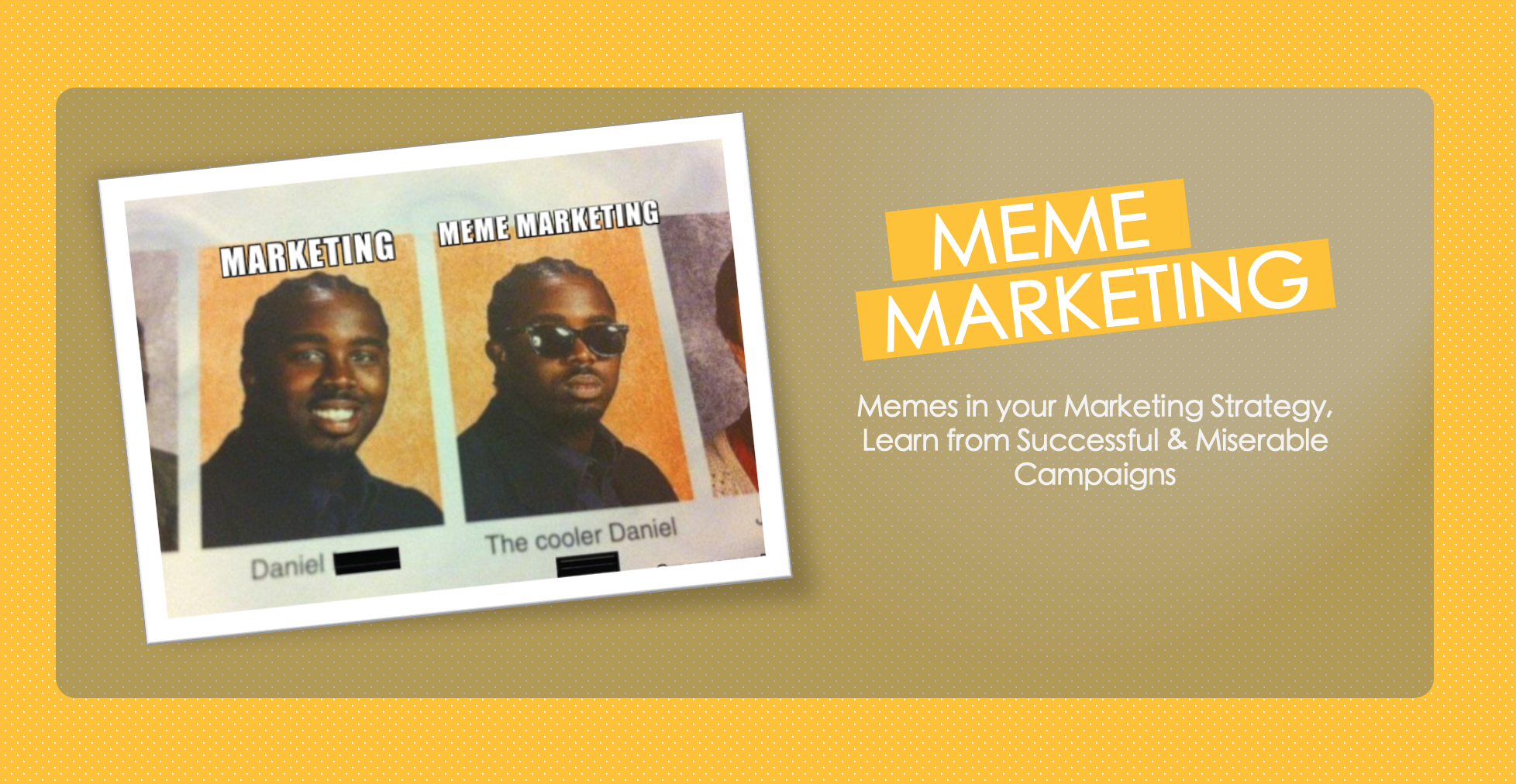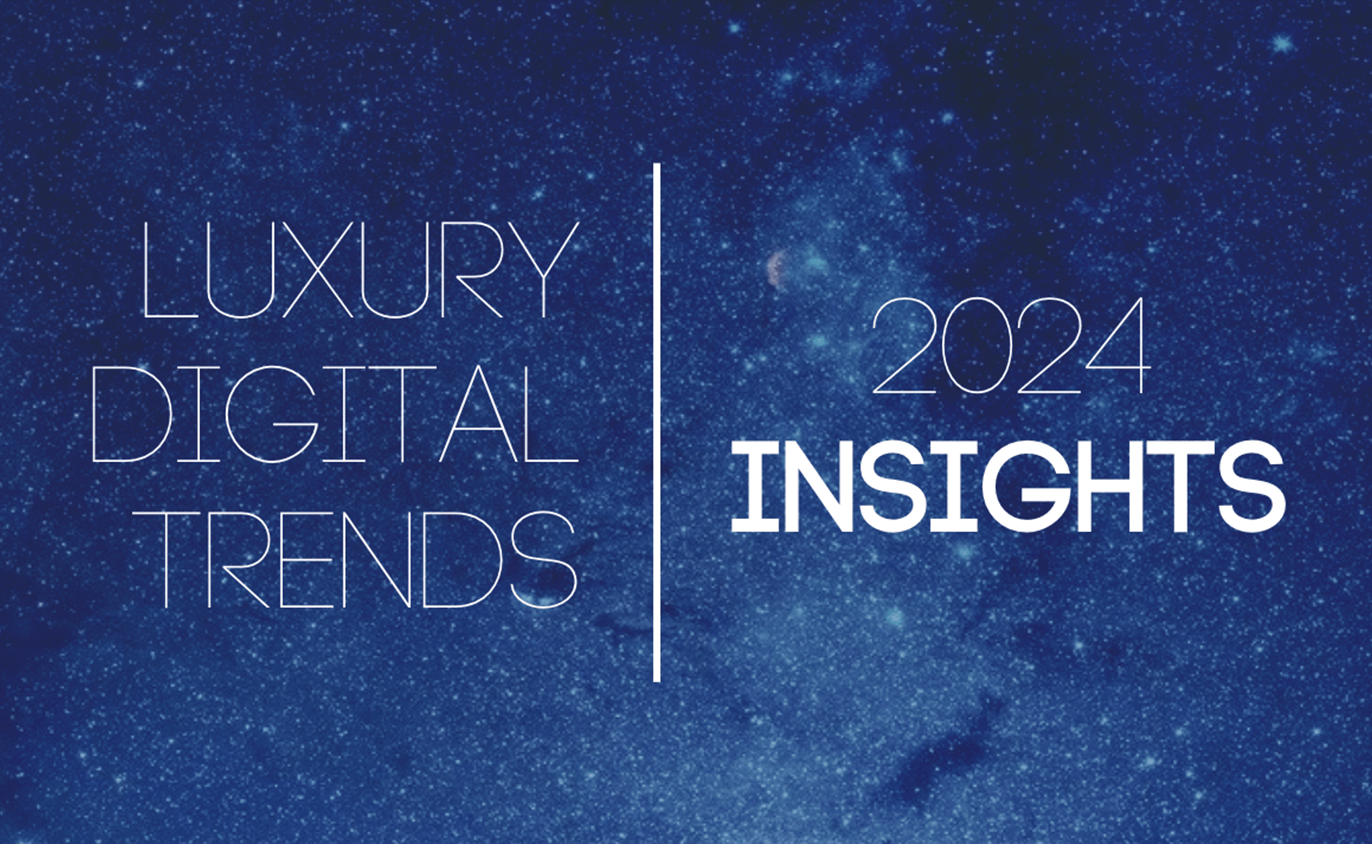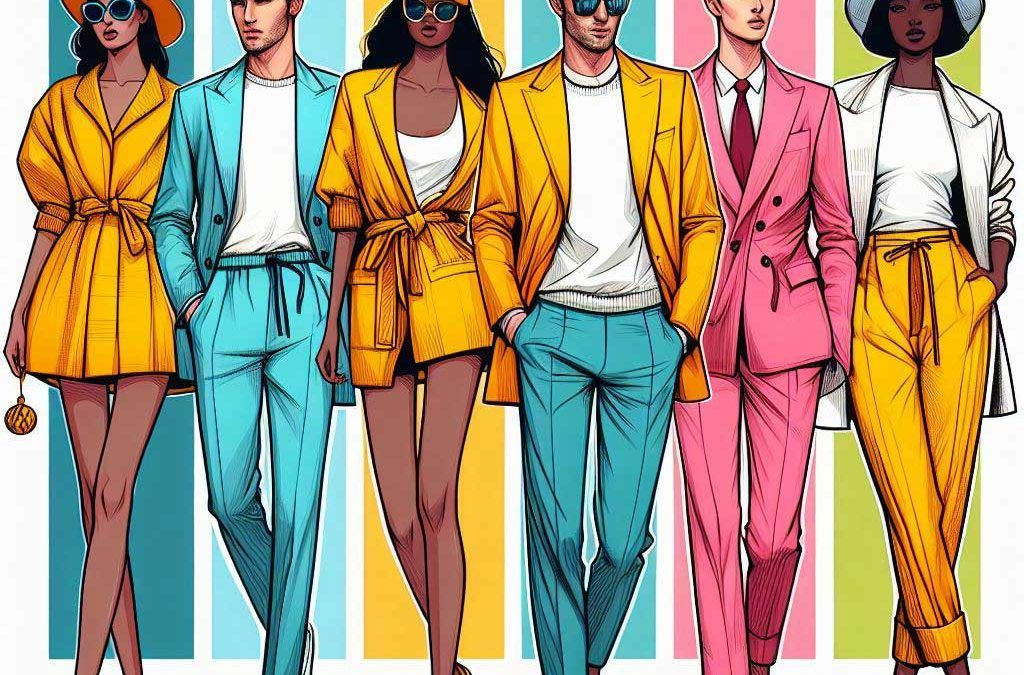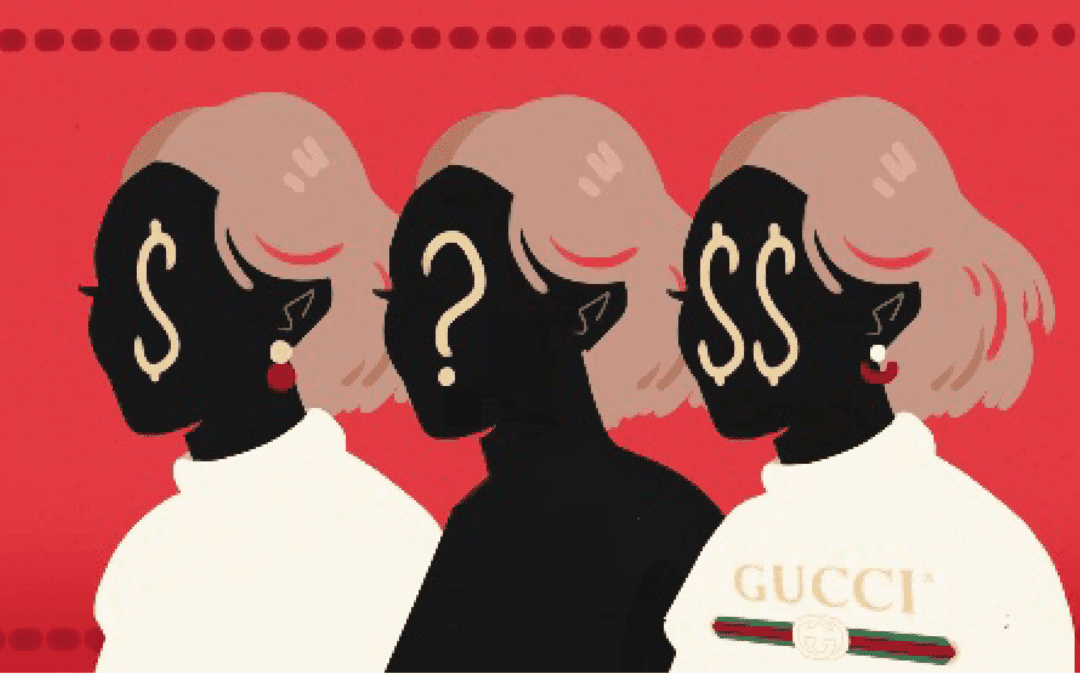Luxury customers have different expectations, needs, wants, and desires. They are looking for more than just products or services. They are looking for experiences, emotions, values, and stories. They are looking for brands that can inspire them, challenge them, and transform them.
But how do you attract luxury customers in a highly competitive and dynamic market? How do you stand out from the crowd and create a lasting impression? How do you build a loyal and profitable relationship with them?
In this article, we will share with you some tips and strategies for attracting luxury customers. We will also show you some examples and case studies of luxury brands that have successfully implemented luxury marketing campaigns and achieved impressive results.
In this article, we will share with you some of the best strategies and tactics to attract and retain luxury customers in 2024 and beyond.
Table of Contents
- What is Luxury Marketing Strategy and how it differs from other strategies?
- How to Attract Luxury Customers with Luxury Marketing Strategy?
- How to Create a Luxury Marketing Strategy in 6 Steps
- Luxury Marketing Examples and Case Studies
- Conclusion
What is Luxury Marketing Strategy and how it differs from other strategies?
Before we dive into the details of how to attract luxury customers, let us first define what luxury marketing is and why it is important.
Luxury marketing is the process of creating, communicating, and delivering value to a specific segment of customers who are looking for high-quality, high-price, and high-prestige products or services. Luxury marketing is different from conventional marketing in several ways, such as:
- Luxury marketing focus: emotional and psychological aspects of the customer, rather than the functional and rational ones. Luxury marketing aims to create a strong and distinctive brand identity, image, and reputation that can evoke positive feelings and emotions in the customer, such as aspiration, inspiration, admiration, and satisfaction.
- Luxury marketing principles: they rely on scarcity, exclusivity, and rarity, rather than mass production, mass distribution, and mass consumption. Luxury marketing creates a sense of uniqueness and desirability in the customer, by limiting the availability, accessibility, and affordability of the products or services. Luxury marketing also leverages the power of word-of-mouth, referrals, and influencers, rather than traditional advertising and promotion channels.
- Luxury marketing requirements: a high level of innovation, design, and craftsmanship, rather than standardization, optimization, and efficiency. Luxury marketing delivers superior quality, performance, and aesthetics in the products or services, by using the best materials, technologies, and techniques. Luxury marketing also adds value to the products or services, by incorporating elements of culture, heritage, and story, that can enhance the authenticity and meaning of the brand.
How to Attract Luxury Customers with Luxury Marketing Strategy?
Luxury marketing can be a bit easier to focus on and cut the noise around your brand. Some benefits of Luxury Marketing Strategy are:
- Increase your brand awareness and recognition: by creating a distinctive and memorable brand identity, image, and reputation, that can attract and retain the attention of your target market and differentiate yourself from your competitors.
- Enhance your customer loyalty and retention: by creating a strong and lasting emotional bond with your customers, that can increase their satisfaction, engagement, influence, and advocacy, and reduce their price sensitivity, switching behavior, and churn rate.
- Generate more revenue and profit: by creating a premium pricing strategy, that can reflect the high value and quality of your products or services, and increase your profit margin, return on investment, and customer lifetime value
Luxury marketing focuses on emotional and psychological aspects of the customer, rather than the functional and rational ones.
How to Create a Luxury Marketing Strategy in 6 Steps
A luxury marketing strategy is a plan that outlines how you will create, communicate, and deliver value to your target market of luxury customers. A luxury marketing strategy consists of several steps and components, but we will sum it up in 6 steps:
- Define your value proposition: Your value proposition is the core message that summarizes what your brand stands for, what benefits and value you offer to your customers, and what makes you different and better than your competitors. Your value proposition should be clear, concise, and compelling, and it should reflect your brand identity, image, and reputation.
-
For example, Rolex’s value proposition is “The ultimate symbol of performance and prestige”, which captures the essence of its brand and its appeal to luxury customers.
-
- Position your brand: Your brand positioning is the way you want your customers and the market to perceive and recognize your brand, in relation to your competitors and other alternatives. Your brand positioning should be consistent, distinctive, and relevant, and it should match your value proposition and your customer’s needs, wants, and desires.
-
For example, Tesla’s brand positioning is “The world’s only vertically integrated sustainable energy company”, which differentiates it from other car manufacturers and aligns it with its customer’s values and aspirations.
-
- Choose your channels: Your channels are the means and methods you use to reach and communicate with your target market, and to distribute and deliver your products or services to them. Your channels should be exclusive, selective, and effective, and they should match your brand positioning and your customer’s preferences and behaviors.
-
For example, Burberry’s channels include its own flagship stores, online platforms, social media, and influencers, which allow it to control its brand image and customer experience, and to connect with its customers on multiple touchpoints.
-
- Create your content: Your content is the information and materials you use to communicate and deliver your value proposition to your target market, and to educate, inform, persuade, and entertain them. Your high-quality, high-value, and high-impact, and it should match your brand voice and tone, and your customer’s interests and needs.
-
For example, Apple’s content includes its product videos, podcasts, blogs, and newsletters, which showcase its products’ features, benefits, and stories, and provide useful and engaging information to its customers.
-
- Measure your results: Your results are the outcomes and impacts of your luxury marketing strategy, in terms of achieving your goals and objectives, and satisfying your customers and the market. Your results should be quantifiable, measurable, and actionable, and they should match your key performance indicators and metrics, and your customer feedback and insights.
-
For example, Louis Vuitton’s results include its sales, revenue, profit, market share, brand awareness, brand recognition, customer loyalty, customer retention, customer satisfaction, customer engagement, customer influence, and customer advocacy.
-
- Optimize your performance: Your performance is the level and quality of your luxury marketing strategy, in terms of creating, communicating, and delivering value to your target market, and achieving your results. Your performance should be constantly monitored, evaluated, and improved, and it should match your standards and expectations, and your customer’s needs and wants.
-
For example, Netflix’s performance includes its innovation, experimentation, personalization, and optimization, which allow it to constantly create and deliver new and better content and experiences to its customers.
-
By following these steps and components, you can create a luxury marketing strategy that can help you attract luxury customers. In the next section, we will show you some examples and case studies of luxury brands that have implemented effective luxury marketing campaigns and achieved impressive results.

Luxury marketing strategies: Louis Vuitton focuses on measuring results with specific KPIs
Luxury Marketing Strategy Examples and Case Studies
To illustrate how luxury marketing works in practice, let us look at some examples and case studies of luxury brands that have implemented effective luxury marketing campaigns and achieved impressive results. These examples and case studies will show you how these brands have used the steps and components of luxury marketing strategy that we discussed in the previous section, and how they have attracted and engaged their target market of luxury customers.
Gucci: The Gucci Equilibrium
Gucci is one of the most iconic and influential luxury fashion brands in the world, known for its innovative and creative designs, products, and campaigns. Gucci’s value proposition is “Empowering people to express themselves and celebrate their individuality, diversity, and identity through fashion and culture”. Gucci’s brand positioning is “A global leader in luxury fashion, with a distinctive and contemporary vision, rooted in its heritage and craftsmanship”.
One of the most successful luxury marketing campaigns that Gucci has launched is the Gucci Equilibrium, which is a platform and a movement that aims to promote social and environmental responsibility, and to create a positive impact in the world. The Gucci Equilibrium is based on three pillars: People, Planet, and Purpose.
- People: Gucci supports and empowers its employees, suppliers, partners, and communities, by providing them with fair and ethical working conditions, opportunities, and benefits, and by fostering a culture of diversity, inclusion, and belonging.
- Planet: Gucci protects and preserves the environment, by reducing its environmental footprint, using sustainable and circular materials and processes, and supporting conservation and restoration initiatives.
- Purpose: Gucci inspires and influences its customers and the society, by creating and communicating meaningful and relevant stories, values, and messages, and by supporting causes and organizations that align with its vision and mission.
The Gucci Equilibrium uses various channels and content to reach and communicate with its target market, such as:
- Its own website, which showcases its products, stories, values, and actions, and provides information and resources on its social and environmental initiatives and impacts.
- Its social media platforms, such as Instagram, Facebook, Twitter, YouTube, and TikTok, which feature its products, campaigns, events, and collaborations, and engage its followers and fans with interactive and creative content and activities.
- Its influencers, such as celebrities, artists, activists, and experts, who endorse, promote, and represent its brand, products, and causes, and who share their opinions, experiences, and insights with their audiences and communities.
- Its media partners, such as magazines, newspapers, podcasts, and blogs, who cover, review, and analyze its brand, products, and campaigns, and who provide exposure, credibility, and authority to its brand and its messages.
The Gucci Equilibrium measures its results and optimizes its performance, by using various metrics and tools, such as:
- Usual sales-related KPIs like sales, revenue, profit, market share. But also Branding KPIs like brand awareness and brand recognition. Added to that, some Marketing KPIs like customer loyalty, customer retention, customer satisfaction, customer engagement, among others, which indicate its financial and marketing performance and success.
- Its environmental and social indicators, as well as its impact, such as its carbon emissions, water consumption, waste generation, energy use, material sourcing, community development, and cause contribution.
- Its web analytics, social media analytics, customer feedback, surveys, reviews, testimonials, referrals, and awards, which indicate its online and offline performance and reputation, and provide insights and suggestions for improvement and innovation.
Gucci Equilibrium: how luxury marketing strategy can address customers’ objections
The Gucci Equilibrium is a great example of how luxury marketing can create and deliver value to its target market by aligning its brand, products, and campaigns with its customer’s values, aspirations, and needs and by creating a positive impact in the world.
Airbnb: The Airbnb Luxe
Airbnb is one of the most popular and disruptive online platforms for travel and hospitality, known for its innovative and diverse offerings, products, and experiences. Airbnb’s value proposition is “Belong anywhere, with Airbnb. Book unique places to stay and things to do”. Airbnb’s brand positioning is “A global community of hosts and guests, who share their passion for travel, adventure, and discovery, through authentic and local experiences”.
One of the most successful luxury marketing campaigns that Airbnb has launched is the Airbnb Luxe, which is a service that offers the most extraordinary and exclusive homes and villas around the world, for the most discerning and sophisticated travelers. The Airbnb Luxe is based on four pillars: Quality, Design, Service, and Experience.
- Quality: Airbnb Luxe offers the highest quality of homes and villas, that meet over 300 criteria, such as location, architecture, amenities, facilities, and security, and that are verified and inspected by a team of experts, to ensure the best standards and conditions.
- Design: Airbnb Luxe offers the most stunning and unique homes and villas, that feature exceptional and exquisite design, style, and decor, and that reflect the culture, history, and personality of their destinations and hosts.
- Service: Airbnb Luxe offers the best service and hospitality, that include a dedicated trip designer, who assists the guests with every aspect of their trip, from booking to check-out, and a personal concierge, who provides the guests with customized and tailored services, such as transportation, housekeeping, catering, and activities.
- Experience: Airbnb Luxe offers the most memorable and extraordinary experiences, that allow the guests to enjoy and explore their destinations, and to indulge and pamper themselves, with exclusive and curated activities, such as private tours, spa treatments, yoga sessions, and cooking classes.
The Airbnb Luxe uses various channels and content to reach and communicate with its target market, such as:
- Own Website: To showcase its homes, villas, destinations, and experiences, and provides information and resources on its service and hospitality, and its quality and design standards.
- Its Social Media Platforms: To feature its homes, villas, destinations, and experiences, and engage its followers and fans with stunning and inspirational content and stories in Instagram, Facebook, Twitter, and Pinterest.
- Its influencers: To show celebrities, travelers, bloggers, and photographers, who stay, review, and share their experiences at its homes and villas, so they can influence their audiences and communities to book and travel with Airbnb Luxe.
- Its media partners: To increase exposure, credibility, and authority to its brand and its messages by collaborating with magazines, newspapers, podcasts, and blogs, who cover, review, and analyze its service, hospitality, quality, and design.
The Airbnb Luxe measures its results and optimizes its performance, by using various metrics and tools, such as:
- Financial and marketing performance: Based on its bookings, revenue, profit, market share, brand awareness, brand recognition, customer loyalty, customer retention, customer satisfaction, among others.
- Service and hospitality performance and quality: Based on its service and hospitality indicators, such as its trip designer rating, concierge rating, service rating, hospitality rating, and guest feedback. This also provides insights and suggestions for improvement and enhancement.
- Online and offline performance and reputation: Its web analytics, social media analytics, customer feedback, surveys, reviews, testimonials, referrals, and awards.
CONDE NAST Traveler “These Airbnbs come with your own trip designer and add-on perks like a driver, concierge, and childcare.”
The Airbnb Luxe is a great example of how luxury marketing can create and deliver value to its target market, by offering the most extraordinary and exclusive homes and villas, and the best service and hospitality, that can satisfy and exceed their expectations and desires.
Conclusion
Luxury customers are a special segment who are looking for more than just products or services. They are looking for experiences, emotions, values, and stories. They are looking for brands that can inspire them, challenge them, and transform them.
To attract luxury customers you need to:
- Have a clear and effective luxury marketing strategy, that can help you create, communicate, and deliver value to them.
- Define your value proposition, position your brand, choose your channels, create your content following your objectives, measure your results, and optimize your performance.
In this article, we have shared with you some tips and strategies for creating a luxury marketing strategy, and some examples and case studies on how to attract luxury customers followed by luxury brands in their luxury marketing campaigns.
We hope you have found this article useful and informative, and that you have learned something.
If you have any questions, comments, or feedback, feel free to contact us. We would love to hear from you. Thank you for reading, and happy luxury marketing! 😊

